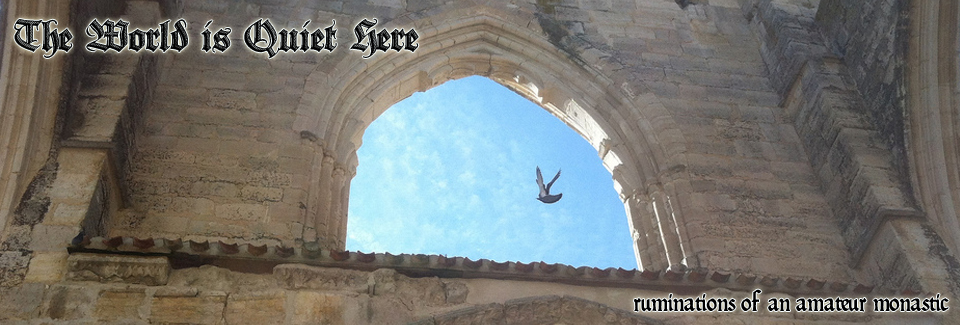The Nativity of Saint John


by Alessandro Rosi (1627–1697)
This year, we go right from yesterday’s Solemnity of Corpus Christi to the Solemnity of the Nativity of Saint John the Baptist. Historically, that’s a bit backwards, but every liturgical year is a new adventure in the meshing of the Temporal and Sanctoral cycles.
So what’s the deal with John the Baptist, anyway?
The story of the Jewish people moves from Abraham through Exodus to the Judges to the Kings to the Prophets. It culminates in Christ, the culmination of all things. He is Priest, Prophet, and King, and in Baptism we come to share this designation as well.
The Old Testament Prophets reach their peak in the person of Saint John the Baptist, even while he is the herald of Christ.
The Orthodox often him “Holy Prophet, Forerunner, and Baptist John”, for he is indeed the forerunner of Christ, the “voice of one crying out in the desert, ‘Prepare the way of the Lord, make straight his paths.'” (Matt 3:3).
He is, in effect, the hinge of the two testaments.
Saint Augustine puts it this way:
John, then, appears as the boundary between the two testaments, the old and the new. That he is a sort of boundary, the Lord himself bears witness, when he speaks of the law and the prophets up until John the Baptist. Thus he represents times past and is the herald of the new era to come.
As a representative of the past, he is born of aged parents; as a herald of the new era, he is declared to be a prophet while still in his mother’s womb. For when yet unborn, he leapt in his mother’s womb at the arrival of blessed Mary. In that womb he had already been designated a prophet, even before he was born; it was revealed that he was to be Christ’s precursor, before they saw one another.
Today the Church celebrates his birth, six months before Christmas. Of human beings, only the Blessed Virgin Mary is held in higher esteem, and today’s feast is one of the oldest in the church.
Normally we celebrate a saint’s day on the anniversary of his or her death.
In the case of other saints or of God’s chosen ones, the Church, as you know, solemnizes the day on which they were reborn to everlasting beatitude after ending the trials of this life and gloriously triumphing over the world.
For all these the final day of their lives, the day on which they completed their earthly service is honored. But for John the day of his birth, the day on which he began this mortal life is likewise sacred. The reason for this is, of course, that the Lord willed to announce to men His own coming through the Baptist, lest if He appeared suddenly, they would fail to recognize Him.
(Saint Augustine)
For all Saint John’s greatness, his foretold birth and his prophetic gift, he nevertheless becomes the first Christian ascetic. He “wore clothing made of camel’s hair and had a leather belt around his waist. His food was locusts and wild honey” (Matt 3:4).
Even in his icons, he is made to look like a first century Grizzly Adams.
The Desert Fathers take their inspiration from him, and from them comes the entire Christian monastic tradition.
So remember: if you are called to the contemplative life, whether in the monastery or in the world, you are also called to be a voice, crying in the wilderness.
Grant, we pray, almighty God,
that your family may walk in the way of salvation
and, attentive to what Saint John the Precursor urged,
may come safely to the One he foretold,
our Lord Jesus Christ,
Who lives and reigns with you
in the unity of the Holy Spirit,
one God, for ever and ever.Amen.



Pingback: The Beheading of Saint John the Baptist – The World is Quiet Here